Project Summary
As the Yale Ancient Pharmacology Program (YAPP) continues to establish itself at Yale University, it builds on the legacy of two decades of research conducted by the ARCHEM Project and Southern Phokis Regional Project (SPRP). This strong foundation expedites the growth of YAPP as it evolves from these past projects into a new model with unique capacity to inform how researchers worldwide use organic residue analysis (ORA) to study the past, inspire the present, and impact the future.
In 2024, we undertook our fieldwork with a novel strategy to simultaneously integrate multiple nodes of YAPP’s research into a single field season, advancing each strand of inquiry independently while also allowing them to inform one another in real time and in situ. For example, in asking local naturalists and farmers where we might find stands of hellebore in the region for phytochemical and genomic sampling, we were also able to document the plant’s continued ethnobotanical use and perform multispectral, unmanned aerial vehicle (UAV) data sampling. Exploratory thermal scans of a new site near Delphi, written about by Pausanias in the 2nd century AC, seem to indicate a shrine or temple that could yield objects containing hellebore residue when we are able to begin a more conventional archaeological excavation.
YAPP Team
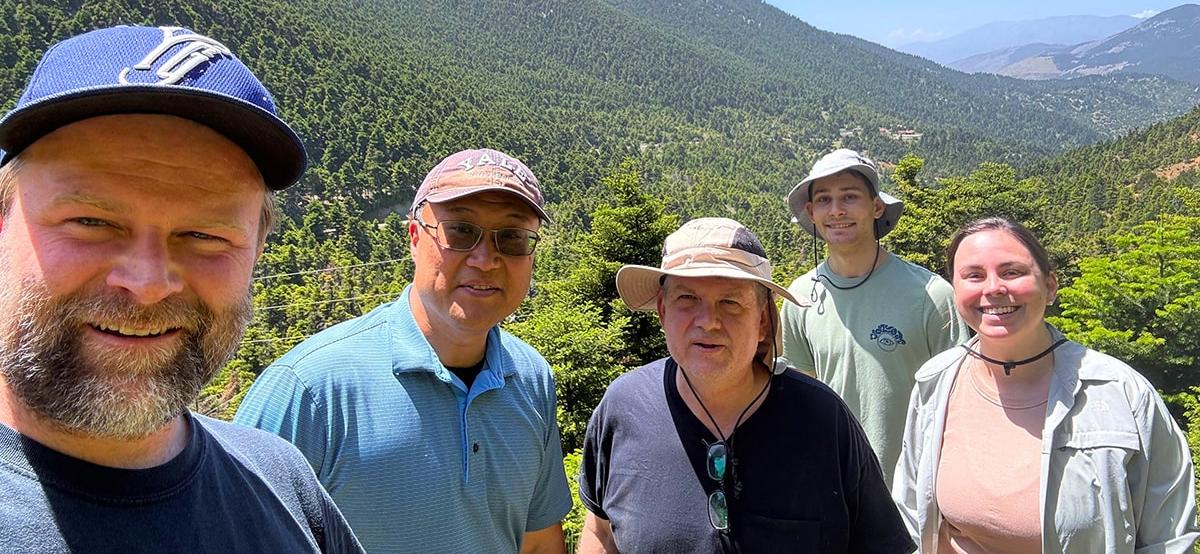
Andrew Koh (Peabody Museum, Yale University) – YAPP principal investigator
Chris Renton (Peabody Museum, Yale University) - YAPP program manager
Trevor Luke (Department of Classics, Florida State University) - ethnohistory, epigraphy
George Syrimis (Hellenic Studies Program, Yale University) - ethnography
Savannah Bishop (Department of Archaeology, Koç University) - graduate student
Micah Gold (Yale University) - YAPP research assistant
Research Goals
After a year operating within the Yale Peabody Museum, YAPP continues to draw upon its past projects and existing networks to fulfill its more expansive mission. In May 2024, a relatively small team of experienced researchers conducted ongoing SPRP research in Central Greece while reconnecting with existing ARCHEM networks on the island of Crete and in Italy. Uniting those two dynamic portfolios, both projects and people, under the banner of YAPP will allow the program to advance its multi-nodal research at an exponential rate in the coming years.
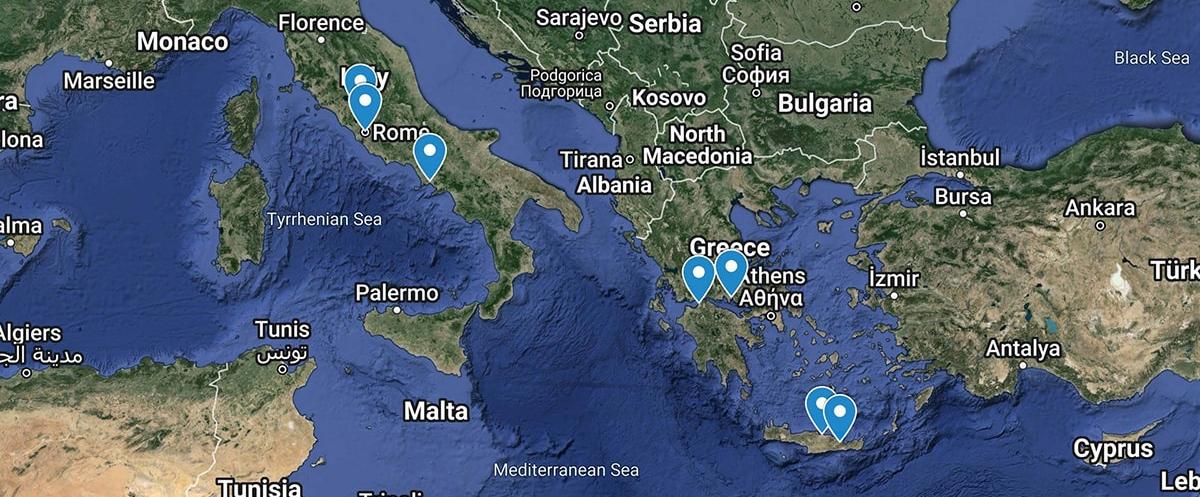
Research in Central Greece this season focused on ethnographic (ethnobotany and ethnohistory) and technological (multispectral and thermal UAV surveys) research following a 2023 field season that centered primarily on pedestrian archaeological and UAV surveys. The goal is to knit together the three nodes of YAPP research seamlessly (ethnography, technology, science) to understand in high resolution how people in the past incorporated natural products from their environment into medicines, sustenance, luxury goods, etc. for use in their daily lives.
Methodologies
Until now, certain organic goods from antiquity were only understood through distinct branches of evidence and inquiry—chemical, textual/iconographic, archaeological, ethnographic. After two decades of ORA research, Dr. Andrew Koh created YAPP to bring these branches together under one lab to understand the past at a previously unobtainable level of detail and richness.
The core activity of YAPP is ORA conducted in complementary fashion on both legacy artifacts typically held in museums and freshly unearthed material culture. ORA, on the rare occasion it is utilized, is almost always a lab-bound chemical endeavor with little to no connection to context as archaeologists, historians, and botanists understand it. Chemistry reveals chemical compounds, but discerning their organic source and subsequent meaning for ancient cultures must be specified through other approaches. The modular
YAPP Lab at Yale West Campus allows all these approaches to cross-pollinate one another with unifying goals to guide them.
Central Greece
In 2024, YAPP’s continuing efforts in Antikyra were focused through the lens of hellebore, a medicinal plant that made the region famous in antiquity. This year presented a unique opportunity to unite and advance all three nodes of the program’s research methodology— ethnography, science, and technology—in our search for how and why Antikyra and hellebore were synonymous in the ancient world.

An important facet of YAPP research has been the development of UAV technology to facilitate ongoing research. While the use of UAVs is more obvious for archaeological research, YAPP is using the multispectral and thermal capabilities of UAVs to locate and identify both material culture and flora of interest to YAPP at a scale and level of efficiency unimaginable only a decade ago. Utilizing the diverse UAV data sets and new approaches like machine learning, a better understanding of the local ecology can be obtained and directly inform YAPP research.
This season, after initial UAV research and development at the YAPP Lab and Horse Island, UAVs were deployed on Mt. Helicon to obtain data that can be parsed and studied over the upcoming year. We were assisted in this endeavor by a local naturalist and our contact, Ms. Kyriaki Manika. The team targeted Helleborus niger as our primary case study. The species was famed in antiquity, but is oddly ignored in the modern day beyond local lore. Like silphium in ancient Libya, hellebore’s resistance to wide-spread and easy cultivation due to necessary growing conditions likely played a role in it fading from modern memory.
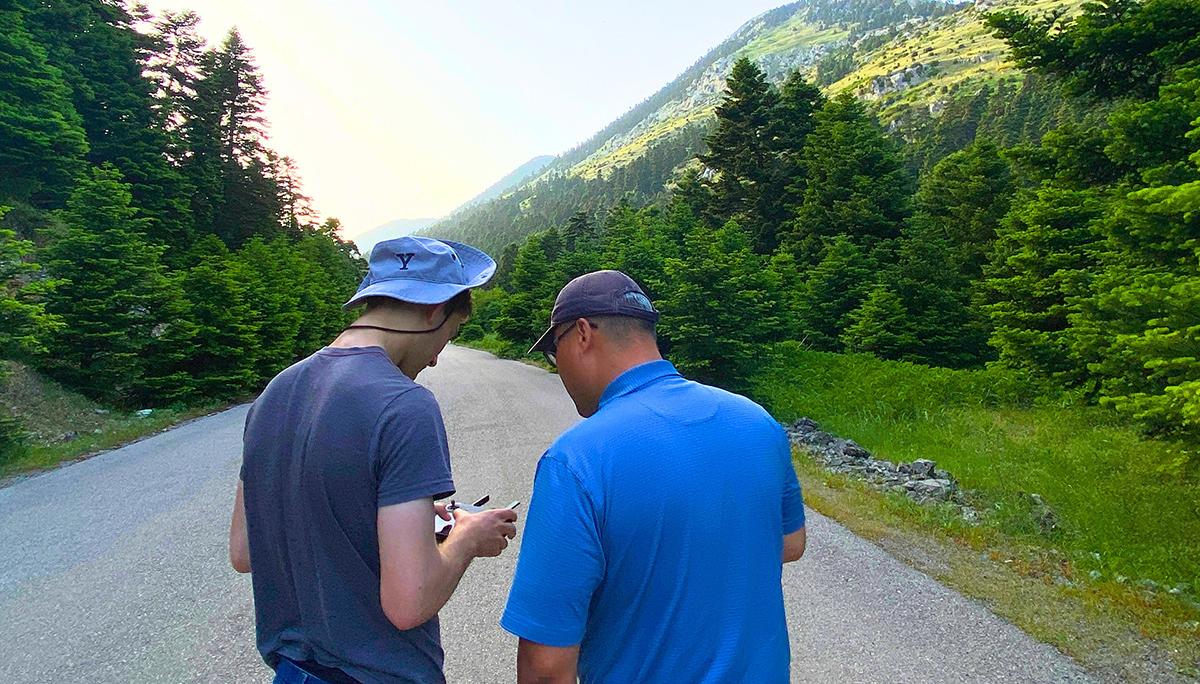
The plants are increasingly rare in the region, but the YAPP team successfully uncovered a healthy stand at the peak of Mount Helicon and pockets of sparse distribution on the mountain’s windward side. In 2025, the YAPP team will return to these documented sites accompanied by Patrick Sweeney, collections manager of botany at the Peabody. He will assist in collecting samples for phytochemical and genomic analysis. Those samples will then be compared with residues taken from vessels found at local archaeological sites.
With the help of our local contact, Ms. Kyriaki Manika, YAPP was introduced to local farmers and ecologists like Mr. Thanasis Lakoutsis. Experts in the local flora and cultivators of their own vineyards and fruit groves, these self-taught scholars invited us to view them as trusted and willing resources for learning about the region’s unique ecology.
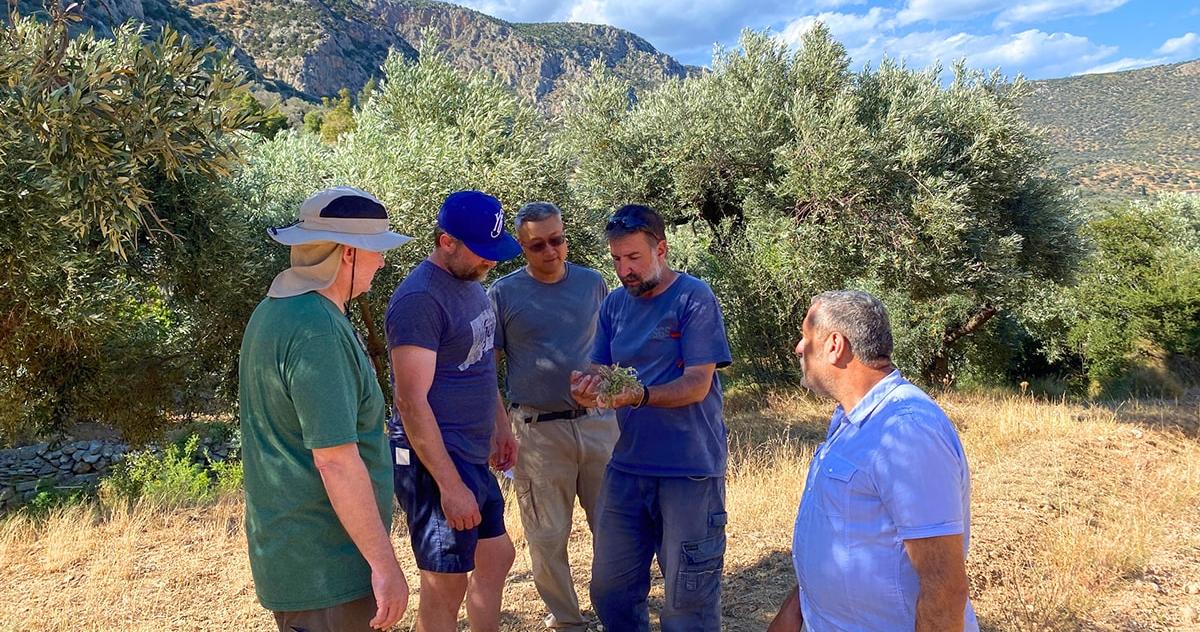
Another developing research angle is the relationship between hellebore and the Roman Empire. The work will be spearheaded by YAPP team member Dr. Trevor Luke, a specialist in the history of the Late Roman Republic and Early Roman Empire, who is working with Dr. Koh on a study of the Emperor Caligula’s use of hellebore in Antikyra. They will co-present an additional, related study at the January 2025 Archaeological Institute of America Annual Meeting dealing with the wider use of hellebore across the Roman Empire.
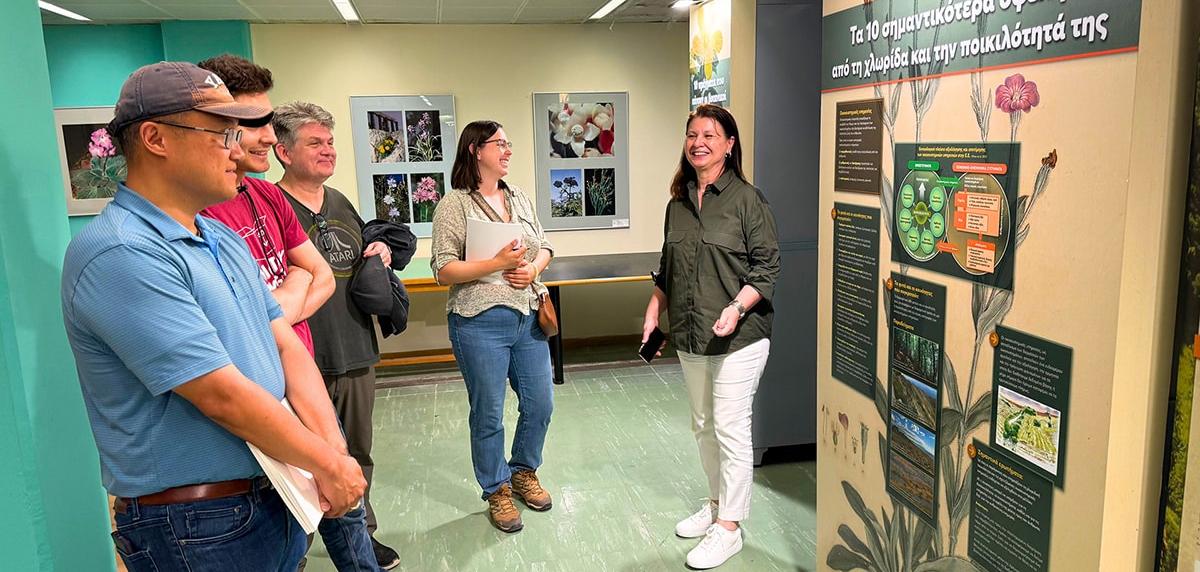
After several attempts at establishing contact with one of the most important herbaria in Greece, the University of Patras Herbarium, we successfully met with Dr. Maria Panitsa, Assistant Professor of Flora and Phytogeography and co-director of the UPA Herbarium. She has happily agreed to collaborate with YAPP and introduced us to collaborators in her lab such as graduate student in botany Alexian Cheminal who is specializing in the medical and aromatic properties of plants endemic to Greece. The program’s relationship with the Herbarium connects the two universities, their collections, experts, and research opportunities.
Italy
The YAPP team further expanded its footprint in the Mediterranean with exploratory visits to Naples and the ongoing excavation of Falerii Novi. The latter, specifically, has created an opportunity for the program to adopt and test a new operating model, collaborating in a contractor-like relationship with an entirely ORA-focused set of deliverables.
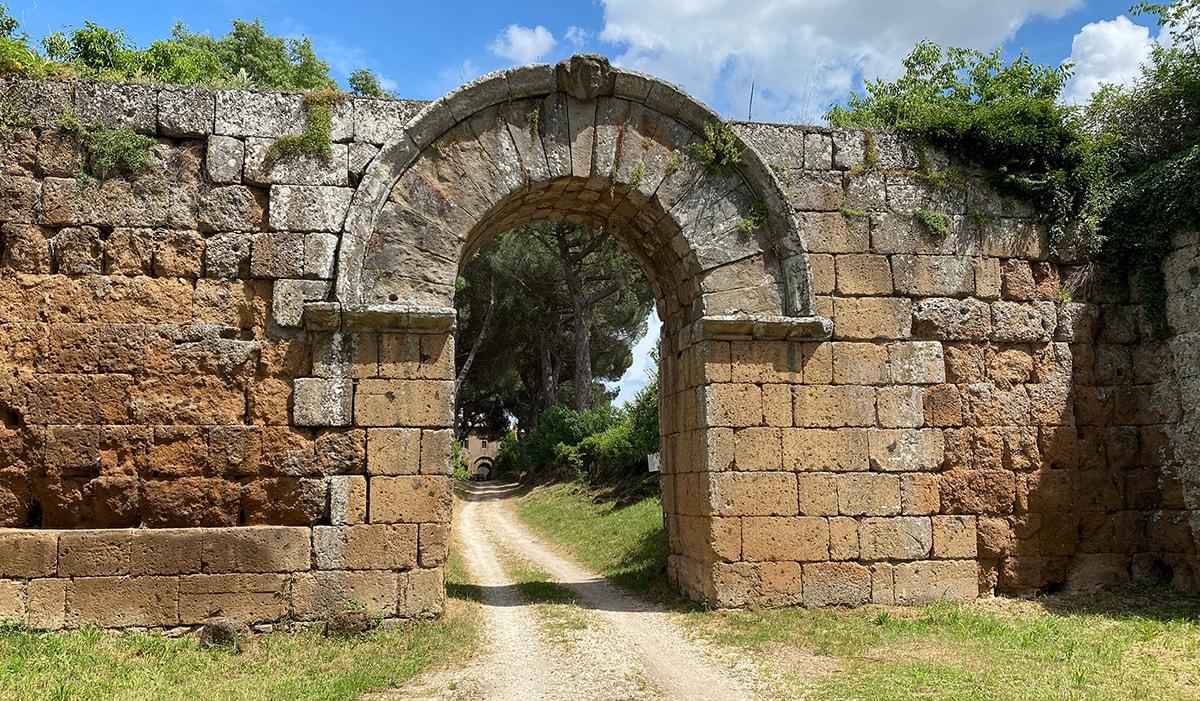
Dr. Seth Bernard, Professor of Classics at the University of Toronto, and Dr. Meg Andrews, Assistant Professor of Classics at Harvard University, hosted the YAPP team at their site of Falerii Novi, just north of Rome, for a tour of their ongoing excavations there. We were also introduced to their co-directors, Dr. Emlyn Dodd of the University of London, and Dr. Stephen Kay of the British School in Rome. YAPP has agreed to begin a pilot ORA study of their flat-bottomed amphora, famed in the Late Roman Period and traded extensively around the Italian peninsula. As a typologically unique and well-known vessel type, it likely held a desirable organic good, making it an ideal initial study in Italy. The plan is to extract initial ORA samples in September at the BSR facilities in Rome.
After many years of planned visits, we finally met with Dr. Dan Diffendale, postdoctoral fellow at the Scuola Superiore Meridionale in Naples. Diffendale trained with Dr. Koh at the Penn Museum Archaeological Mapping Lab, eventually succeeding him as its manager. He subsequently earned his doctorate at the University of Michigan and is an uncommon archaeologist with extensive field experience both in Greece and Italy. He provided the YAPP team with a thorough tour of both the old city and the National Archaeological Museum of Naples. As YAPP expands its research activities into Italy, Dr. Diffendale offers hard-won expertise, a network of other archaeologists working in the region, and a potential local project lead. We could not have asked for a better introduction to the archaeological community there.
Crete
The brief trip to Crete confirmed the island’s potential as a site for YAPP research. Along with Crete’s prominence in Mediterranean archaeology and its importance to the Bronze Age trade networks we are already studying on mainland Greece, Andrew’s long professional history there provides a valuable knowledge base, a ready set of partners, and an unparalleled dataset of residue samples he collected previously and currently held at the Institute for Aegean Prehistory (INSTAP). Engagement with the following individuals and the organizations they represent were invaluable in helping us determine that Crete will have a role in YAPP’s future work.

Approximately a decade ago, noted Minoanist Dr. Peter Warren recommended a visit with Giorgos Afordakos, a naturalist who founded and runs the Rodanthi Museum in Kritsa, a repository of botanical specimens and knowledge that highlights the incredibly rich and diverse flora of the island. As this relationship develops, we plan to develop a mutually beneficial relationship with the Rodanthi Museum, elevating its status in Greece and allowing YAPP to learn more about local flora, especially those suspected to be leveraged heavily by ancient peoples, and obtain ethnobotanical and phytochemical data that can inform ongoing YAPP research. Our ethnographic approach incorporates local knowledge keepers like Mr. Afordakos. These experts—botanists, farmers, and others—can better guide YAPP’s exploration of the region and understanding of the constantly evolving relationship between humans and plants in Greece.
Dr. Athanasia Kanta (president of the Mediterranean Archaeological Society on Crete and former ephor overseeing the sites of Knossos, Phaistos, and Gortyn) is currently the director of one of the most important sites in Greece, Knossos-Anetaki, a sacred religious center for ancient Crete, the “Vatican of the Minoans”. While an ongoing strike within the archaeological service prevented the YAPP team from meeting Kanta in person this season, we have engaged in talks to complete an ongoing ORA study of the so-called Fetish Shrine at Anetaki.
In addition to establishing contact with Afordakos this season, we had the good fortune of meeting Yiannis Markakis and Mary Baritaki, who run the Lychnostatis Open Air Museum in nearby Hersonnisos. Beyond offering up the resources of their museum, which includes an arboretum of local flora, they will put us in touch with the Hellenic Mediterranean University and its herbarium.
Conclusions
In just under three weeks, the YAPP team advanced the program’s research goals significantly. Crete is a location rich with data and potential collaborators, and a return in coming field seasons has become a top priority. Italy is an opportunity to test a new model of research with trusted partners and should yield fascinating, highly publishable data in the coming year. And, finally, mainland Greece continues to be an ideal platform for exercising all three nodes of YAPP’s research methodology. Our comprehensive approach to understanding hellebore’s ethnobotanical history and impact on the ancient world could yield fascinating revelations about humanity’s ever-evolving relationship with the natural world.
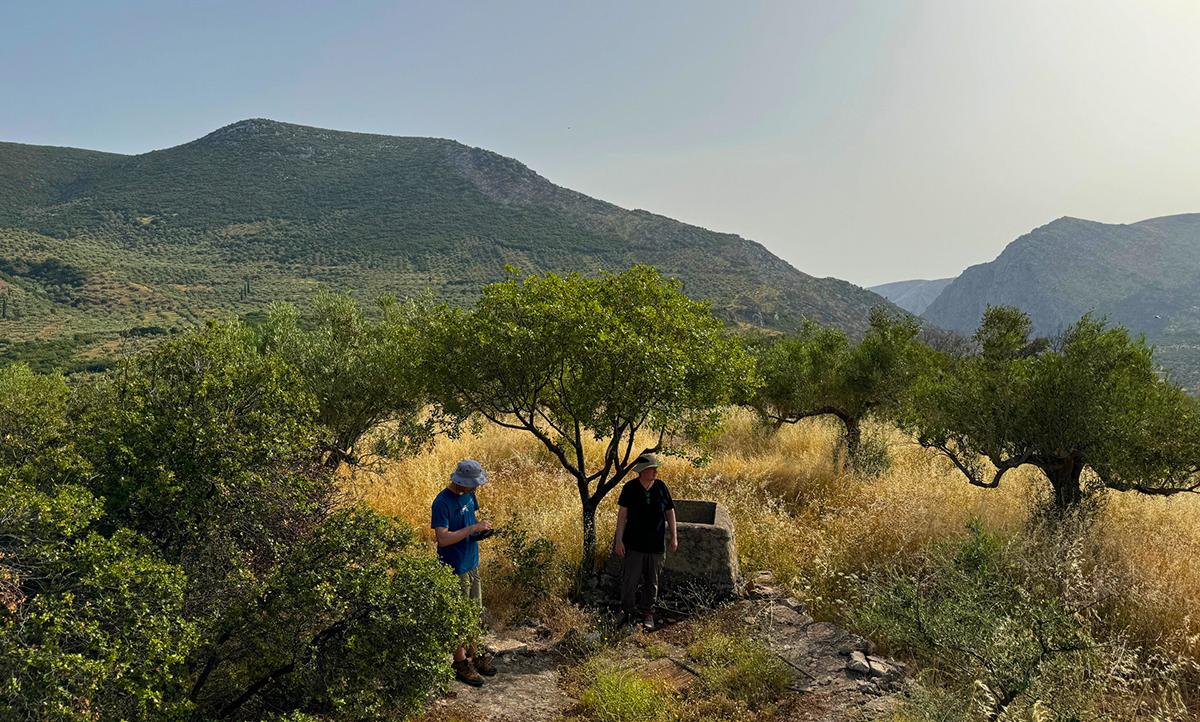
Download this report as a PDF document: